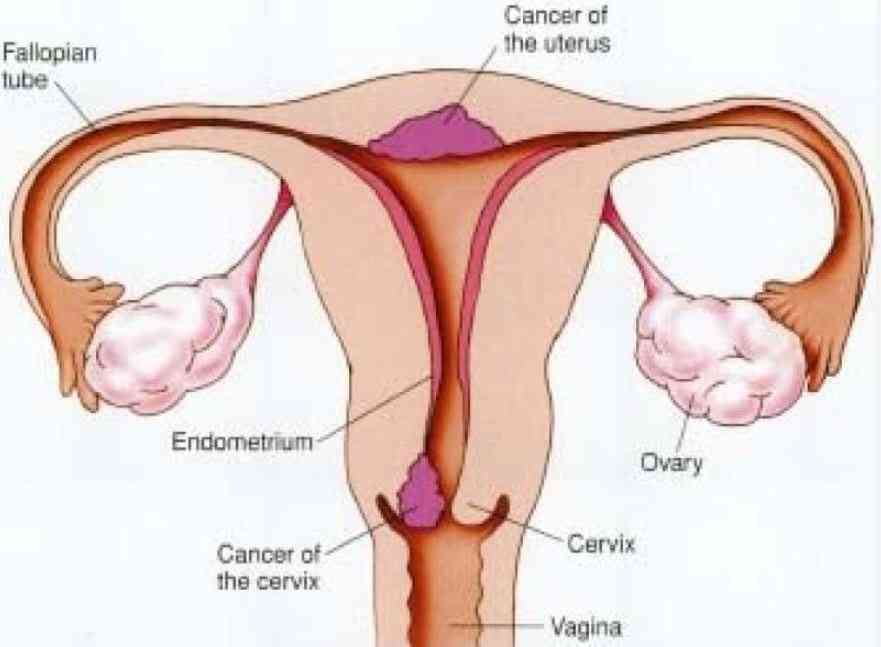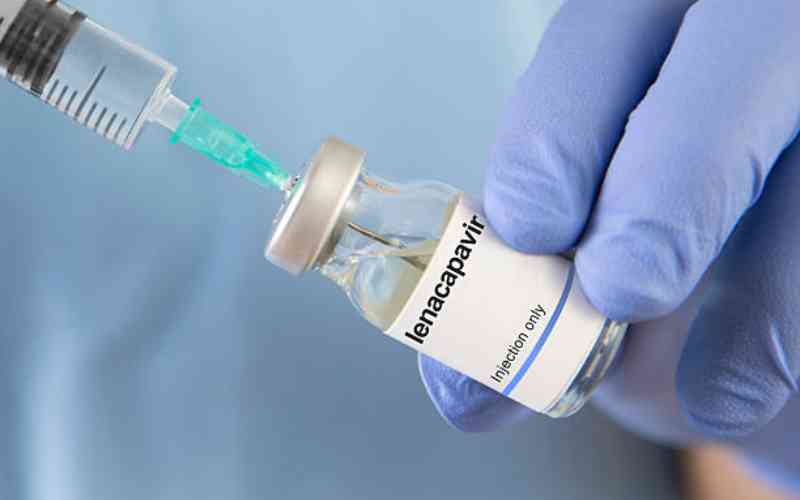
Scientists at Helmholtz Munich research institute have developed a new scanning method that involves making a mouse transparent and allowing for unprecedented detail in scanning for tumours.
This new technology, named "wildDISCO" by the team led by Prof Ali Erturk, could revolutionise how cancer drugs are tested as it can detect tumours that were previously too small to be seen.
"Combining wildDISCO with whole mouse clearing, we generate whole-body maps of the nervous, immune and lymphatic systems and show their close interactions throughout the mouse body," noted the research paper.
In 2018, Prof Erturk discovered how to make a dead mouse transparent. Now, his team has taken this a step further by using chemicals to highlight specific tissues allowing them to be scanned in incredible detail. The new technique removes cholesterol from the mouse bodies so that existing antibodies can penetrate deep into the animals.
"WildDISCO is a game changer, it allows us to see the hidden highways and byways in the body," says Muzlifah Haniffa, an immunologist at the Wellcome Sanger Institute.
One of the first applications of this new scanning method has been the detection of cancerous tumours in their earliest stages of formation. This is a crucial development as cancer drugs must be shown to eliminate tumours in mice before they can be tested on humans.
Prof Erturk explains that "MRI and PET scans would show you only big tumours. Ours shows tumours at the single cell which they absolutely can't."
Dr Rupal Mistry, research information manager at Cancer Research UK said, "While researchers will only be able to use the technique to examine the bodies of deceased mice, it could tell us a lot about how cancer develops in the early stages of the disease. Being able to visualise tumours in the context of the entire body will also give researchers a great understanding of the impact of different drugs and treatments."
- Cancer patient's ordeal reveals cracks in healthcare system
- How a burst brain tumor changed DJ Muller's life forever
- Stage 4 cancer but still standing strong: Eunice Mwende's life after terminal diagnosis
- Cancer took my health, heartbreak everything else: Leah Wanjiru's silent battle
Keep Reading
 The Standard Group Plc is a multi-media organization with investments in media
platforms spanning newspaper print
operations, television, radio broadcasting, digital and online services. The
Standard Group is recognized as a
leading multi-media house in Kenya with a key influence in matters of national
and international interest.
The Standard Group Plc is a multi-media organization with investments in media
platforms spanning newspaper print
operations, television, radio broadcasting, digital and online services. The
Standard Group is recognized as a
leading multi-media house in Kenya with a key influence in matters of national
and international interest.











